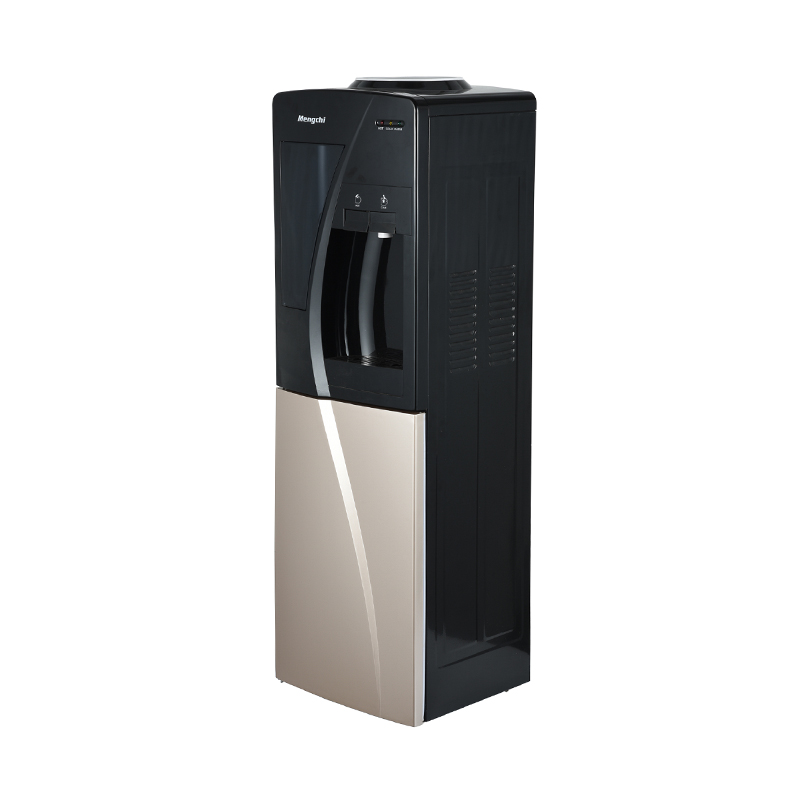Instant hot water dispensers have many advantages, such as short heating time, fast water output, and the ability to control the volume and temperature of the water that can be discharged, and are simple and convenient to use.
However, while enjoying this convenience, we must not forget that the instant hot water dispenser has high power and high requirements for lines. The power of household instant water dispensers is mostly 2,000 to 3 kilowatts, and some instant water dispensers have a power of more than 6,000, and ordinary household sockets cannot withstand such a large power. Therefore, if you want to install an instant water dispenser, you usually have to wire the water dispenser separately in advance. But this will bring unnecessary expenses, and at the same time, when installing the instant water dispenser, you must pay attention to a series of problems such as the pressure of the water inlet should not be too high.
In addition to the power requirements, instant hot water dispensers also have certain restrictions on water use. Generally, household instant hot water dispensers require the added water to be pure water, so tap water is excluded. The water in the instant water dispenser cannot be stored for a long time. Usually, the water in the instant water dispenser should be used up within 1 day. If the storage time is too long, the stored water may breed bacteria and so on. Now there are many filter water dispensers and hot and cold water dispensers on the market, they have a 5-stage RO filtration system, including PP filter, PP sediment filter, UDF/GAC, CTO, RO membrane, T33, fully To ensure the safety of people's drinking water, in the design of the appearance, the new ABS plastic and stainless steel materials are used, which can meet the ergonomic design height, and can also prevent dry burning protection and operate safely; it also uses modern innovative technology to create a screen touch screen and wireless control. , can display digital temperature signals; in addition, there are various functions such as a safety faucet lock to protect the safety of family members, which can fully meet the needs of the public for drinking water.











